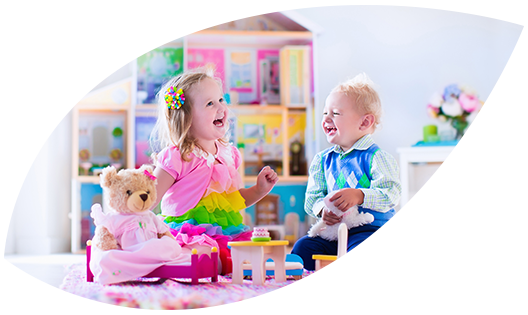- Developmentally expected and occurs across all areas of major development
- Most experts do not consider to be problematic
- Exploratory, spontaneous, intermittent, and by mutual agreement
- Occurs with other children
- Particularly known or familiar children (social network), including siblings
- With child of similar age, size, and developmental level, and children of the same sex/gender
- Not accompanied by anger, fear, and/or intense anxiety


Examples of Normal Sexual Behavior
- “Playing House”
- Wants to compare genitals with other same aged children, like siblings and peers
- Masturbating in private
- Erections
- “Playing doctor”
Bonner, 1999; Chaffin et al., 2006; Silovsky, 2009, Silovsky & Bonner, 2003; Rutter (1971), Lamb & Coakley (1993), Larsson (2001), Reynolds, Herbenick, & Bancroft (2003)
